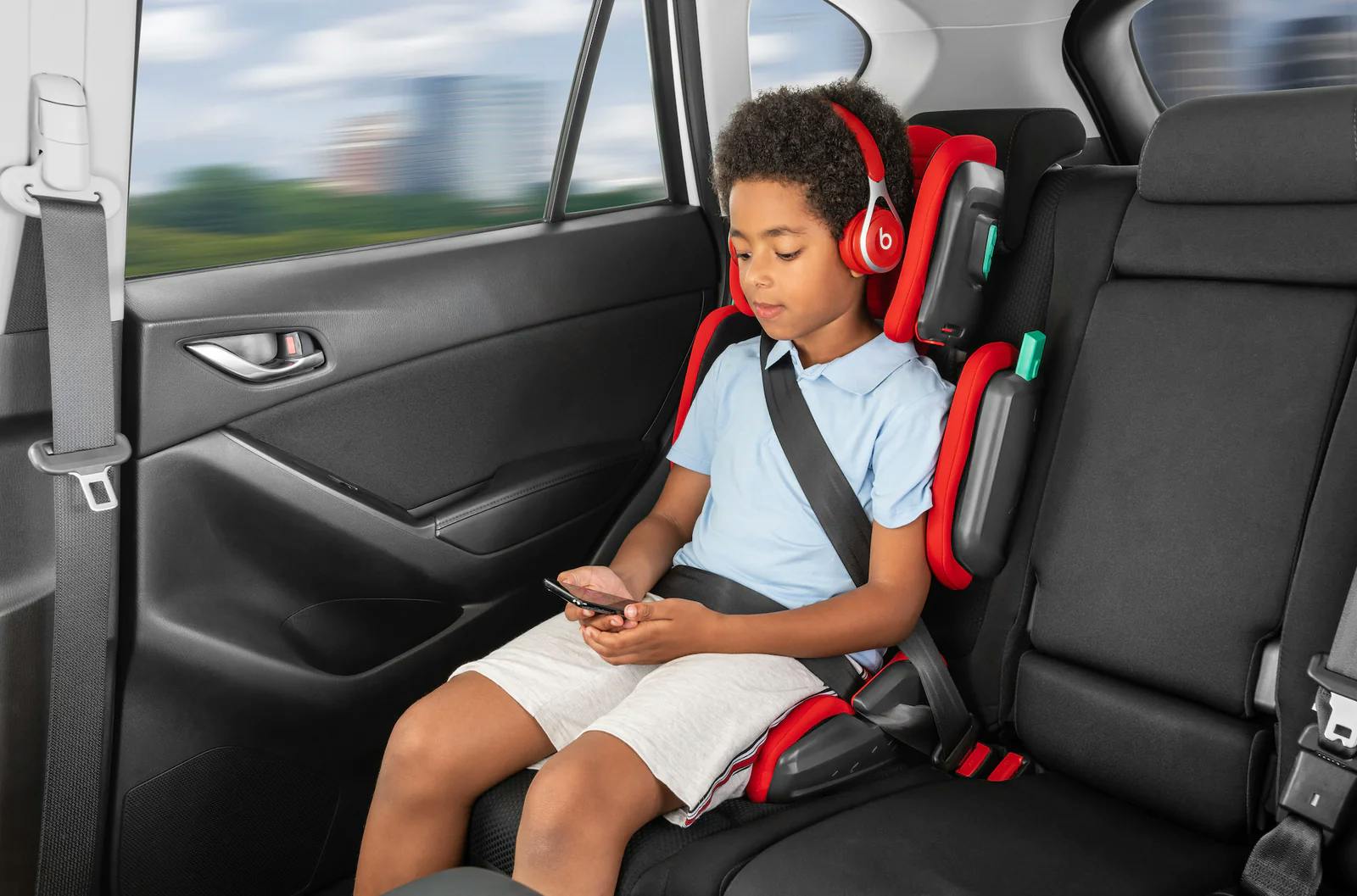
Ensuring Booster Seat Safety
When it comes to the safety of our children in vehicles, we all want to ensure they are securely protected. While car seats play a crucial role in safeguarding infants and toddlers, booster seats are designed to provide optimal safety for older children. Let’s explore the importance of booster seat safety and offer valuable tips to ensure our little ones remain safe and secure during every journey.
Why Are Booster Seats Necessary?
Booster seats bridge the gap between car seats and seat belts, offering enhanced protection for children who have outgrown their forward-facing car seats but are not yet ready to use seat belts alone. These seats are specifically designed to position the seat belt properly on a child’s body, ensuring optimal protection in case of a collision or sudden stop.
Booster Seat Safety Guidelines:
Follow the manufacturer’s guidelines regarding the appropriate age, weight, and height limits for booster seats. It is crucial to transition a child to a booster seat only when they have outgrown their forward-facing car seat.
Proper Installation:
Ensure the booster seat is correctly installed in your vehicle. Refer to the manufacturer’s instructions and the vehicle owner’s manual for guidance. A securely installed booster seat will provide the necessary stability and protection during a crash.
Seat Belt Fit:
The purpose of a booster seat is to position the seat belt correctly on a child’s body. Ensure the lap belt lies snugly across the upper thighs, and the shoulder belt rests comfortably across the shoulder and chest without touching the neck or face. Improper seat belt positioning may result in serious injuries during a collision.
Backless vs. High-Back Booster Seats:
High-back booster seats offer additional support and protection for a child’s head, neck, and torso. They are particularly beneficial for vehicles without headrests. Backless booster seats are suitable for vehicles with adjustable headrests and provide convenience for older children.
Avoid Using Second-Hand or Expired Booster Seats:
While it may be tempting to save money by using a second-hand booster seat, it is essential to ensure its safety. Check for expiration dates, as materials can degrade over time, reducing the seat’s effectiveness. Additionally, used seats may lack important safety features or have been compromised in a previous accident.
Regular Inspections:
Regularly inspect the booster seat for any signs of wear and tear, such as frayed straps or cracked plastic. Replace the seat if it shows any signs of damage, as compromised seats may not provide adequate protection.
Lead By Example:
As responsible adults, we should always wear our seat belts and reinforce the importance of seat belt usage to children. Show them that using a booster seat is not only necessary but also a normal and expected part of every car journey.
Booster seat safety is paramount when it comes to protecting our children while traveling in vehicles. By adhering to age, weight, and height requirements, ensuring proper installation, and promoting correct seat belt fit, we can significantly reduce the risk of injury during accidents. Regular inspections, avoidance of expired or second-hand seats, and setting a good example through our own seat belt usage will further contribute to the safety of our most precious passengers. Remember, investing in booster seat safety today is an investment in the well-being and future of our children.
